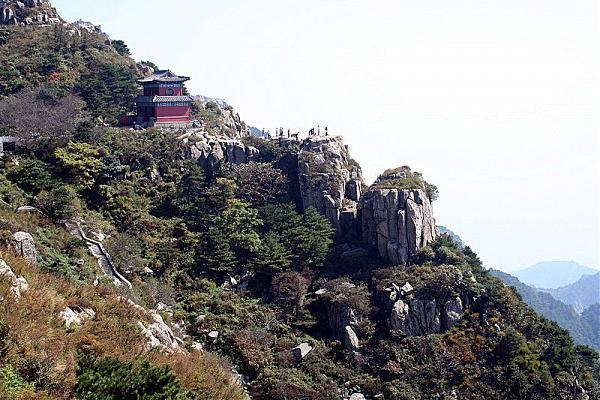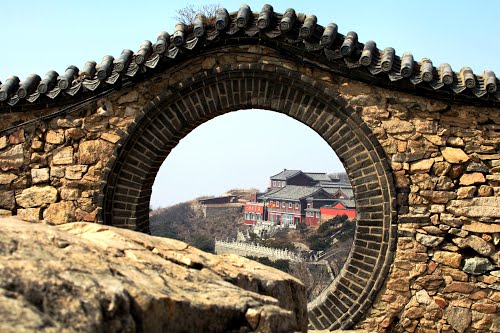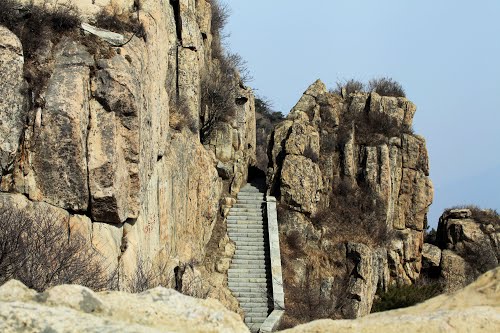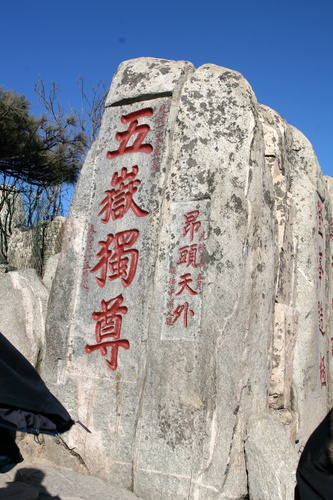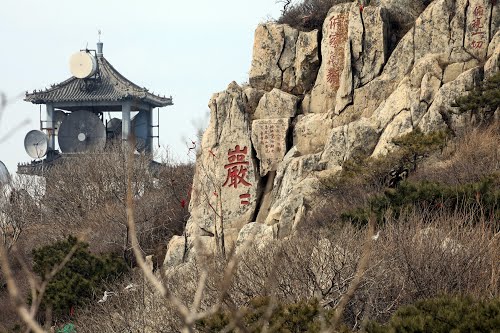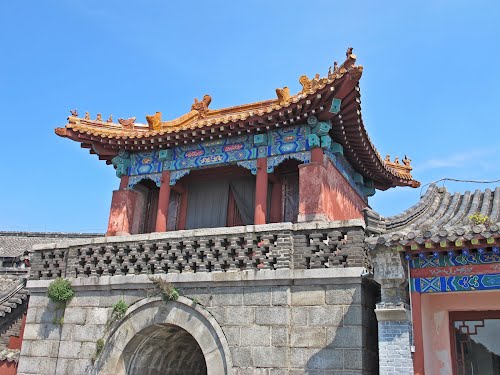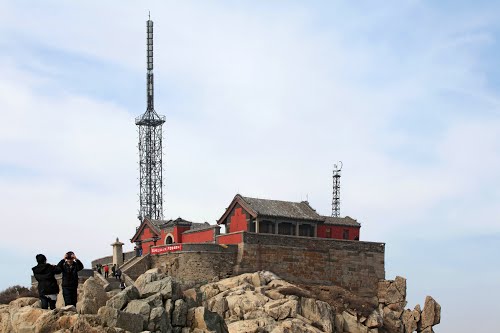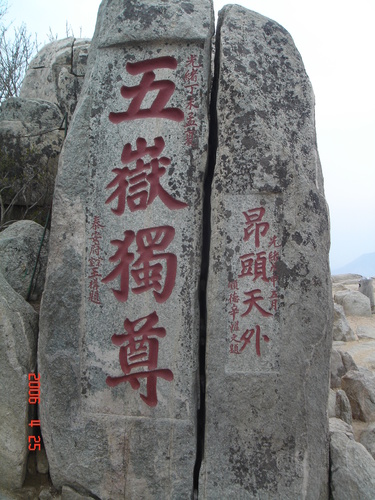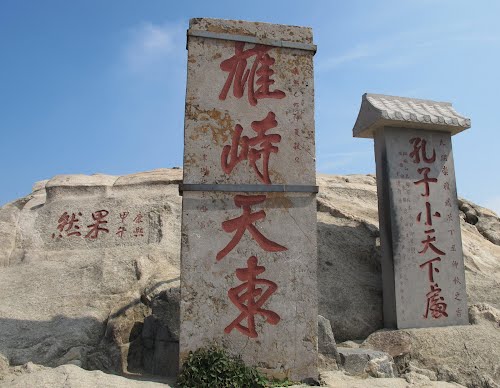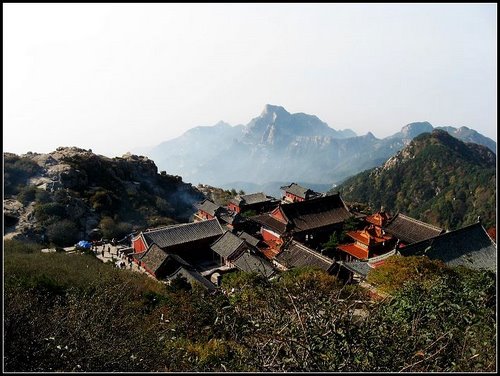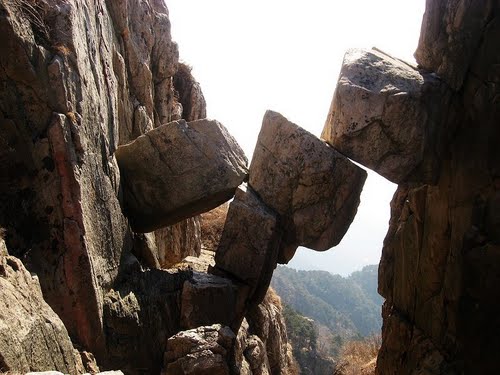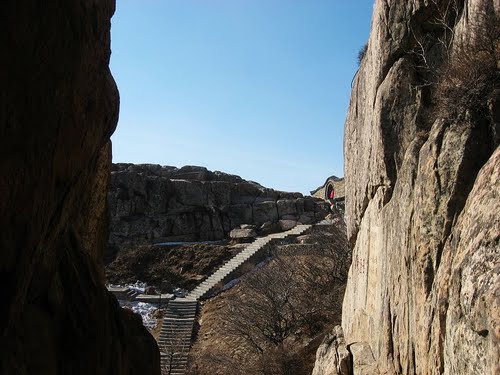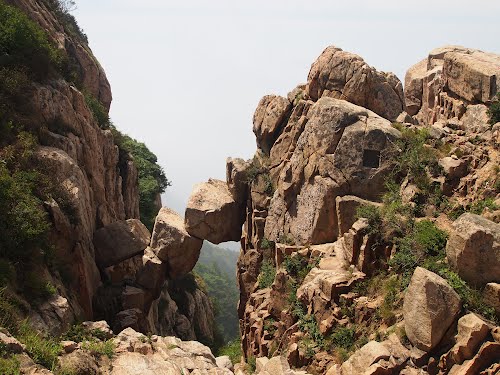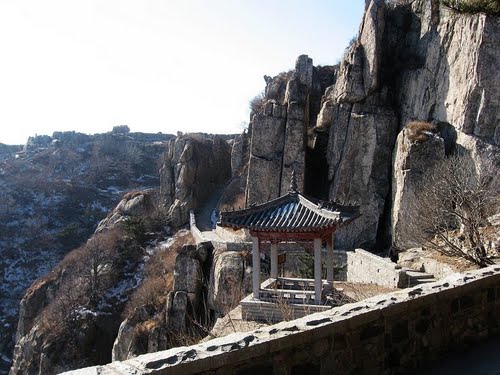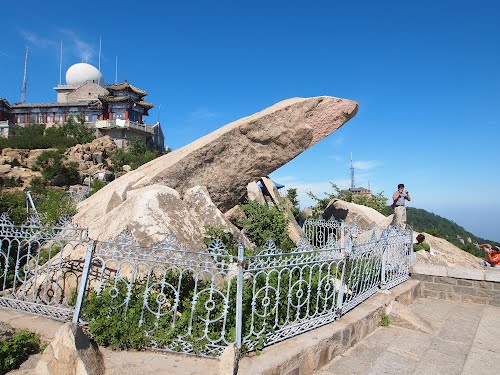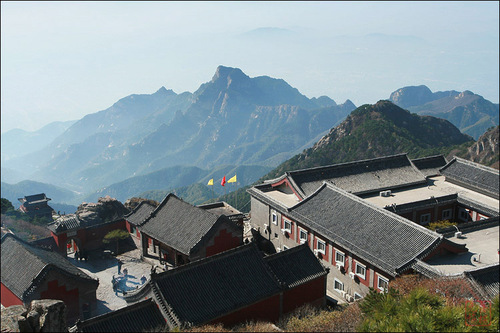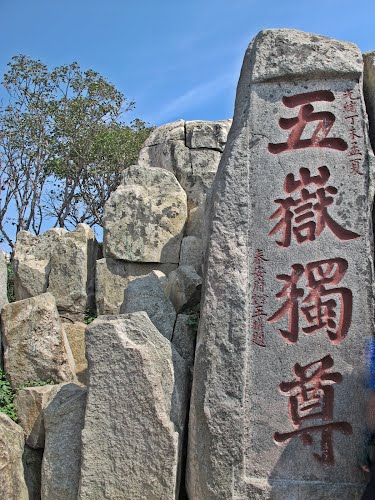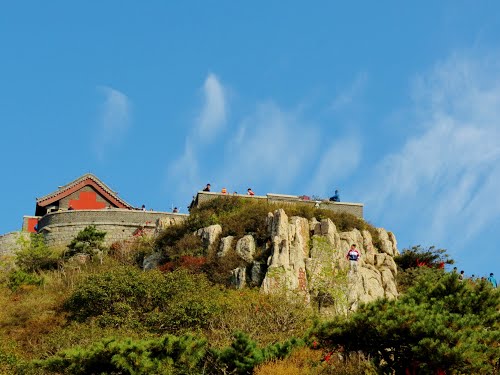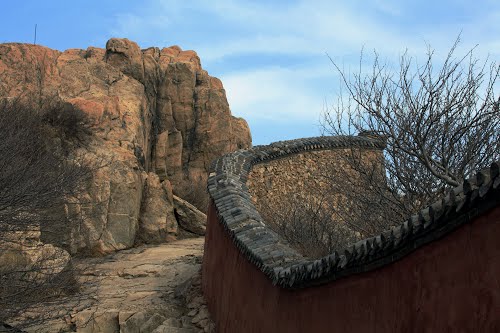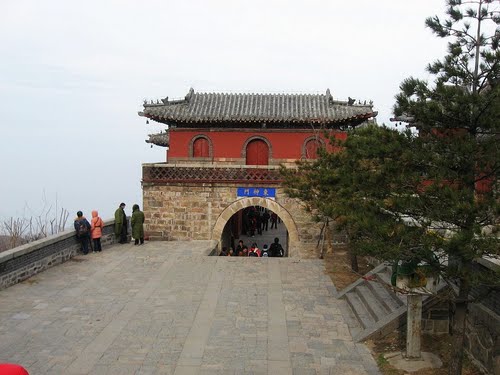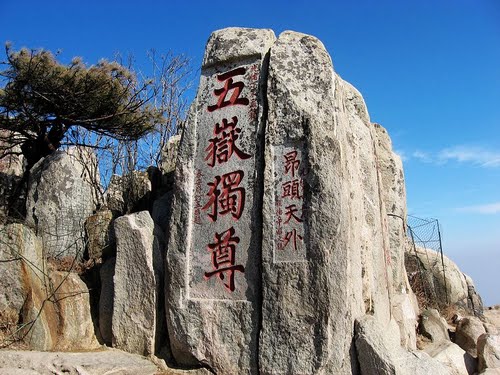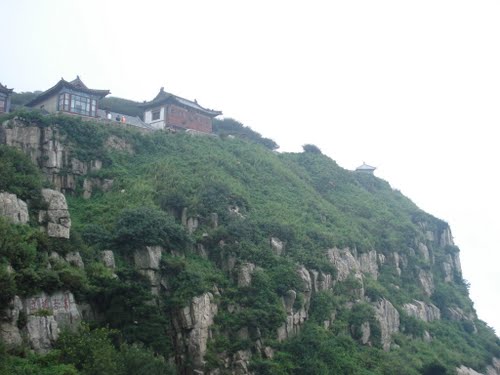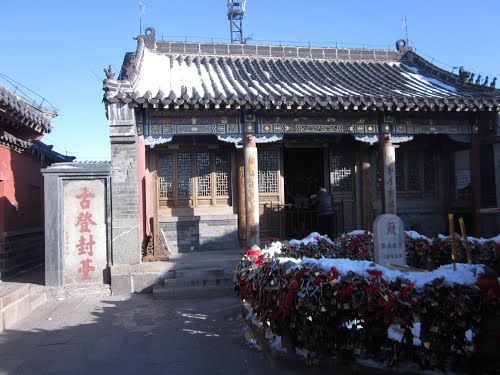Mount Tai is a mountain of historical and cultural significance located north of the city of Tai'an, in Shandong province, China. The tallest peak is the Jade Emperor Peak, which is commonly reported as 1,545 metres tall, but is described by the PRC government as 1,532.7 metres.
Mount Tai is known as the eastern mountain of the Five Great Mountains of China. It is associated with sunrise, birth, and renewal, and is often regarded the foremost of the five. Mount Tai has been a place of worship for at least 3,000 years and served as one of the most important ceremonial centers of China during large portions of this period.
History
Traces of human presence at Mount Tai date back to the Paleolithic period. Human settlement of the area can be proven from the neolithic period onwards. During this time, two cultures had emerged near the mountain, the Dawenkou culture to the south and the Longshan culture to the north.
During the Xia Dynasty (c. 2070–1600 bc) the mountain was known as Mount Dai and lay within the borders of Qingzhou, one of the Nine Provinces of ancient China.
Religious worship of Mount Tai has a tradition dating back 3,000 years, from the time of the Shang (c. 1600–1046 bc) to the Qing Dynasty (1644–1912). Over time, this worship evolved into an official imperial rite and Mount Tai became one of the principal places where the emperor would pay homage to heaven and earth in the Feng and Shan sacrifices respectively. The two sacrifices are often referred to together as the Fengshan sacrifices. Carving of an inscription as part of the sacrifices marked the attainment of the "great peace".
By the time of the Zhou Dynasty (c. 1046–256 bc) sacrifices at Mount Tai had become highly ritualized ceremonies in which a local feudal lord would travel there to make sacrifices of food and jade ritual items. These would then be arranged in a ritually correct pattern before being buried on the mountain. In the Spring and Autumn Period (771–476 bc) the vassal states of Qi and Lu bordered Mount Tai to the north and south respectively, from where their feudal lords both made independent sacrifices on Mount Tai. According to Zhou ritual belief, the spirit of Mount Tai would only accept sacrifices offered by a feudal lord, leading Confucius to criticize the ministers who offered state sacrifices here after usurping power. In the ensuing Warring States period (475–221 bc), to protect itself against invasion, the State of Qi erected a 500 kilometres wall, the ruins of which are still present today. The name Tai'an of the neighboring city is attributed to the saying "If Mount Tai is stable, so is the entire country".
In 219 bc, Qin Shi Huang, the first Emperor of China, held a ceremony on the summit and proclaimed the unity of his empire in a well-known inscription. During the Han Dynasty (206 bc–220 ad), the Feng and Shan sacrifices were considered the highest of all sacrifices.
Japan, India, the Persian court in exile, Goguryeo, Baekje, Silla, the Turks, Khotan, the Khmer, and the Umayyad Caliphate all had representatives attending the Feng and Shan sacrifices held by Emperor Gaozong of Tang in 666 at Mount Tai.
Mount Tai has been a UNESCO World Heritage Site since 1987. In 2003, it attracted around 6 million visitors. A renovation project was completed in late October 2005, which aimed at restoring cultural relics and renovating damaged buildings of cultural significance. Widely known for its special ceremonies and sacrifices, Mount Tai has seen visits by many poets and literary scholars who have traveled there to gain inspiration. There are grandiose temples, many stone inscriptions and stone tablets with the mountain playing an important role in the development of both Buddhism and Taoism.


